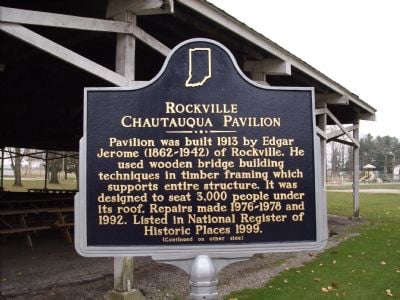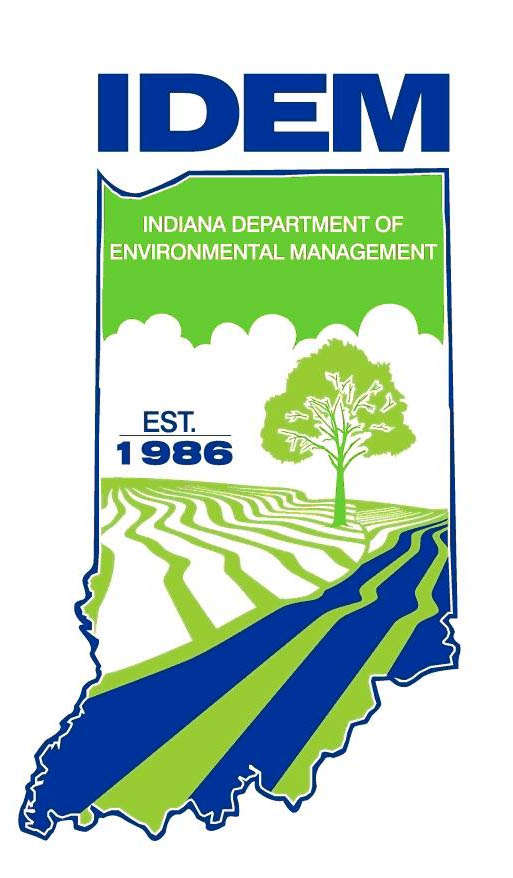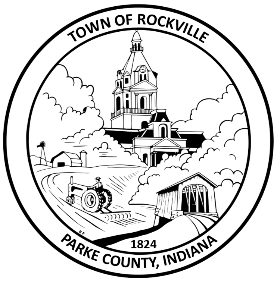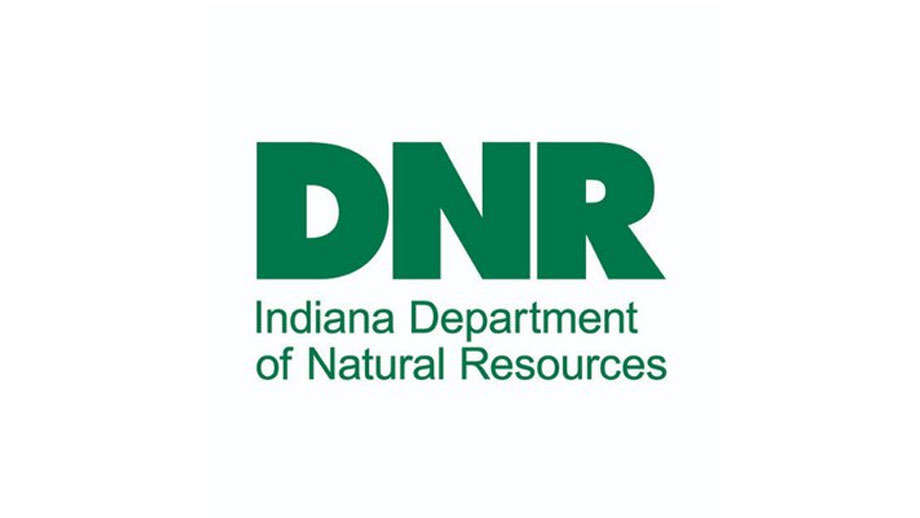
pulaski-county-home-to-first-complete-mastodon-skeleton-unearthed-subject-of-upcoming-program
The Indiana State Museum and Historic Sites’ curator of paleobiology, Dr. Catalina Tomé, will present the program at the Pulaski County Historical Society’s annual meeting, Thursday, March 21.
The feature program will held at One-Eyed Jack’s Celebration Station in downtown Winamac. The public is welcome to join the PCHS membership to enjoy an informal meet-and-greet, including desserts and coffee, at 6 p.m. A short business meeting for the election of officers and directors will begin at 6:30. The program will follow and is free for all who wish to attend.
Dr. Tomé explains that she “works to preserve and research the vertebrate fossils of Indiana to help inform future generations about the amazing natural history of the Midwest.” She will speak on the diverse fauna from Indiana’s Ice Age and how they lived and adapted throughout the state's glacial and interglacial history.
Tomé earned a Bachelor of Science degree in biology from the University of California Santa Cruz. She received a Master of Science and a PhD, both in biology, from the University of New Mexico. She conducted post-doctoral research at the university of Nebraska-Lincoln. Her research focuses on small mammals and their survival during the Cenozoic Quaternary (2.58 million years ago).
The curator will include information about mastodons in her presentation. Pulaski County was home to the first complete mastodon skeleton to be unearthed and displayed at the Smithsonian Museum in Washington, D.C. The skeleton was excavated by a dredge contractor in the summer of 1914. Frank M. Williams of Winamac was constructing the William D. Pattison branch ditch leading from the larger Monon ditch. This was known as the Blue Sea marsh of Rich Grove Township. (Read about Pulaski County’s mastodon at: https://bit.ly/3Uzqyeo.)
Mastodons roamed Indiana starting about two and a half million years ago, and they became extinct about 10,500 years ago. Mastodon bones have been found in most of Indiana’s 92 counties, typically in ancient bogs that previously existed in central and northern Indiana. The Indiana State Museum and Historic Sites has the largest collection of mastodons in the state and also has an extensive collection of bones found from various excavations.


 Ray Allison named next executive director of the Indiana State Fair Commission
Ray Allison named next executive director of the Indiana State Fair Commission
 INvestABLE Indiana announces expanded eligibility criteria beginning January 1
INvestABLE Indiana announces expanded eligibility criteria beginning January 1
 Governor Braun announces record year for Indiana tourism
Governor Braun announces record year for Indiana tourism
 Rockville Parks Board continues working on quality of life improvements
Rockville Parks Board continues working on quality of life improvements
 Indiana advances coal ash permitting program
Indiana advances coal ash permitting program
 Indiana's state parks offer New Years Day events
Indiana's state parks offer New Years Day events
 Rockville Council strips Clerk-Treasurer of Town Manager duties
Rockville Council strips Clerk-Treasurer of Town Manager duties
 DNR receives regional award for project on former mine land near Pleasantville
DNR receives regional award for project on former mine land near Pleasantville
 ISP shopping safety tips
ISP shopping safety tips
 Riverton Parke's Emily Adams awarded the Lilly Endowment Community Scholarship for Parke County
Riverton Parke's Emily Adams awarded the Lilly Endowment Community Scholarship for Parke County
 BMV announces Christmas and New Year's Day holiday hours
BMV announces Christmas and New Year's Day holiday hours
 Indiana launches Smart SNAP
Indiana launches Smart SNAP
 Indiana 211: Connecting Hoosiers to holiday support and essential resources
Indiana 211: Connecting Hoosiers to holiday support and essential resources
 Department of Homeland Security launches Worst of the Worst website
Department of Homeland Security launches Worst of the Worst website
 Governor Braun takes action to waive hours-of-service regulations for transporting propane
Governor Braun takes action to waive hours-of-service regulations for transporting propane
 Two Indiana State Fair Commission executives elected to prominent national IAFE Positions, Indiana State Fair honored with multiple awards
Two Indiana State Fair Commission executives elected to prominent national IAFE Positions, Indiana State Fair honored with multiple awards
 Cover Crop Premium Discount Program available for Hoosier farmers, new pre-enrollment available
Cover Crop Premium Discount Program available for Hoosier farmers, new pre-enrollment available
 Indiana FSSA extends open enrollment for HIP and PathWays Plans through December 24
Indiana FSSA extends open enrollment for HIP and PathWays Plans through December 24



